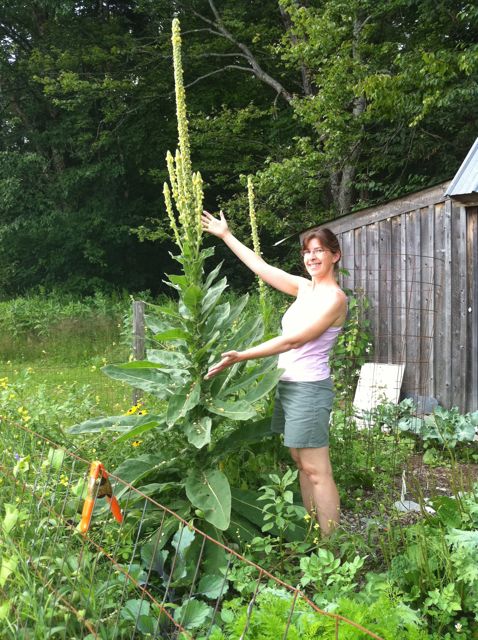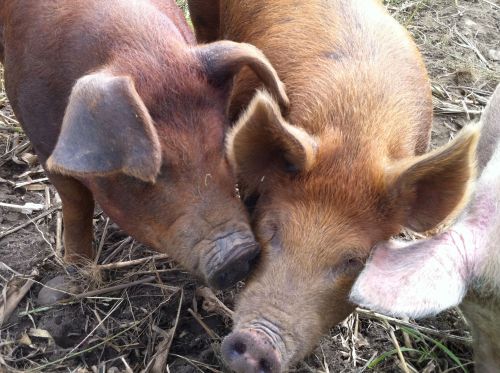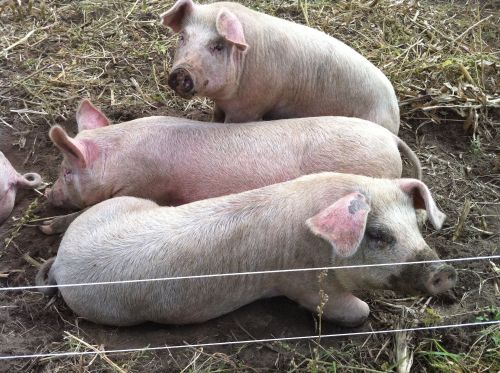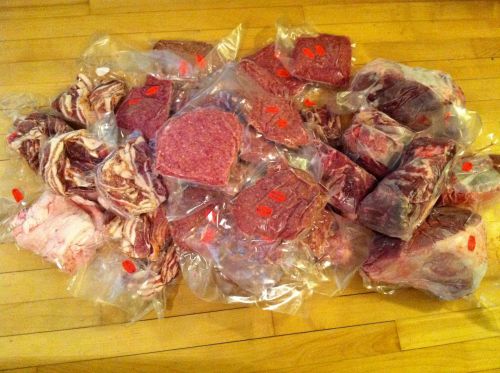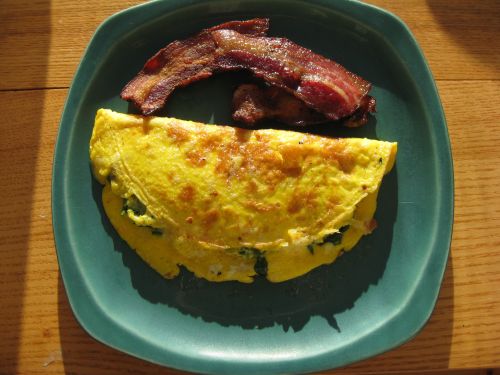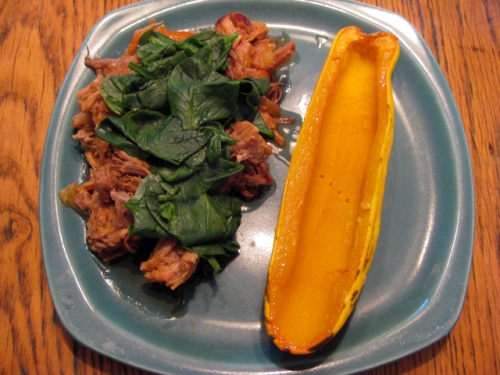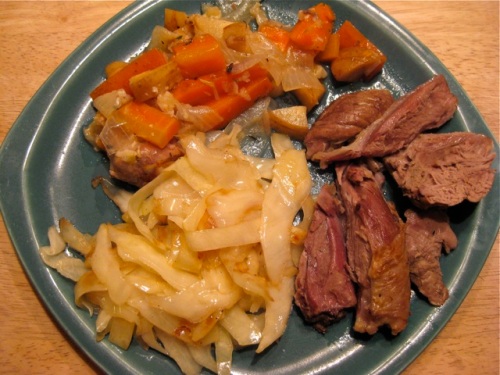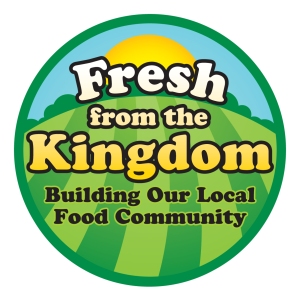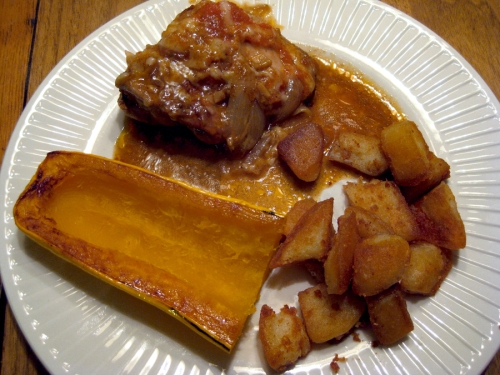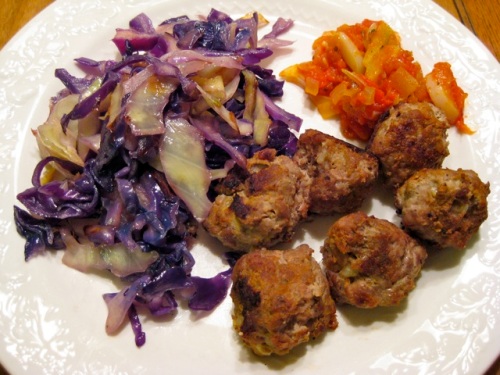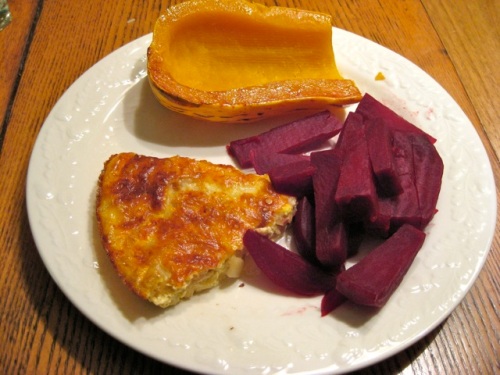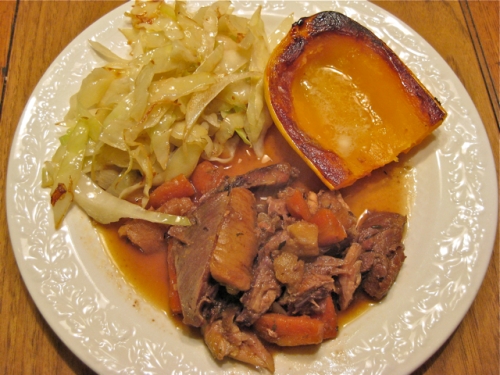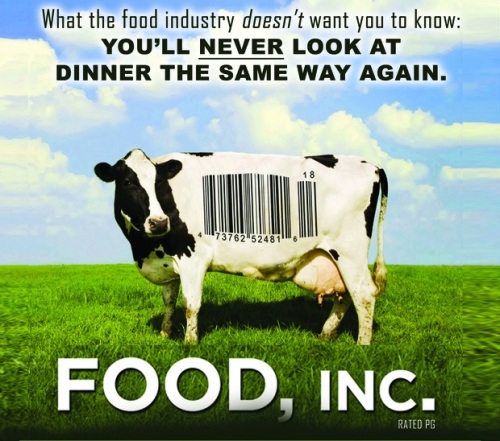I got out in the garden and planted some seeds this week: spinach, arugula, lettuce, snow peas. It felt great to get outside and get my hands dirty, but it was bittersweet. The gardening experience is going to be substantially different for me this year, because we are MOVING TO TOWN at the end of the summer. So, only fast-growing crops for me this year; I have no tomato seedlings under lights in my mudroom. I am giving up my 63 acres with its unlimited yet weed-infested garden space in favor of a 0.21 acre city lot with a small back yard. My raised beds will make the trip with me, soil and all, and I will try to find room for them in the limited space. Some beds will gain a bottom, and I will put them on the concrete along the south wall of the house.
Moving brings up conflicting emotions. We have lived in our house for almost 16 years, since my son was 3 months old. My daughter was born right here in the house. We have worked diligently to make the house and land ours; just last summer, we doubled the size of our woodshed and planted a bunch of blueberry bushes. A few days ago my husband and I took a walk in our woods (more of a slog through knee-deep snow), and I cried thinking that I had to leave these woods that I love so much and know so well.
The decision to move was unexpected and sudden, but as soon as we thought of it, it seemed like the right thing to do. We will no longer have to spend 10+ hours in the car each week. Our teenagers will be able to walk to school, the movies, and their friends’ houses and will not have to rely on us to chauffeur them around. We will be able to take advantage of events going on in town without deliberating whether it’s worth an extra hour sitting in the car to go to the movies. I will be less that five minutes from work, and my husband might be able to take the bus to work. We will be able to walk to the farmer’s market! The in-town lifestyle has lots of advantages; I estimate that we will gain an average of an hour and a half of free time per day that we usually spend in the car.
Gardening in a small space will be a new challenge for sure. Luckily, for a couple of years I have been growing in raised beds using the square foot gardening technique in addition to growing in my regular garden, so the learning curve won’t be too steep. But it will be a huge adjustment.
